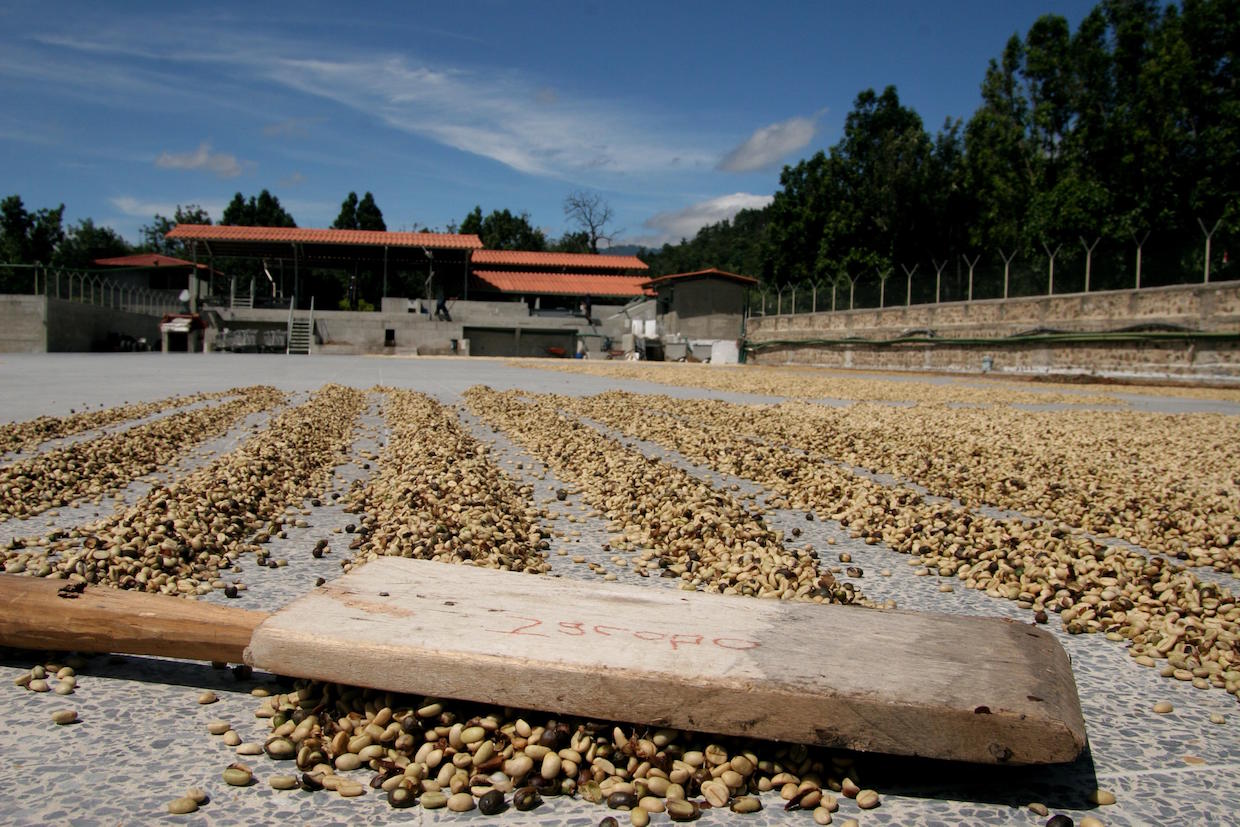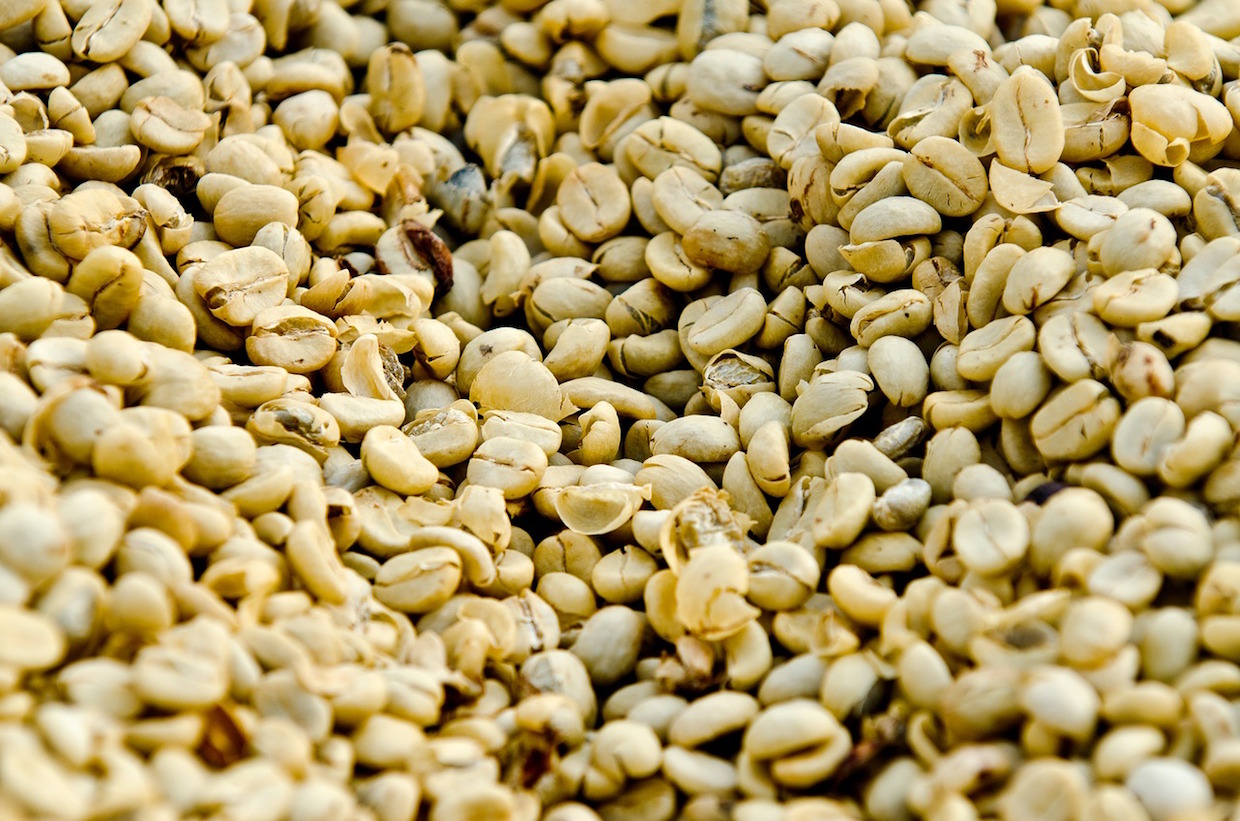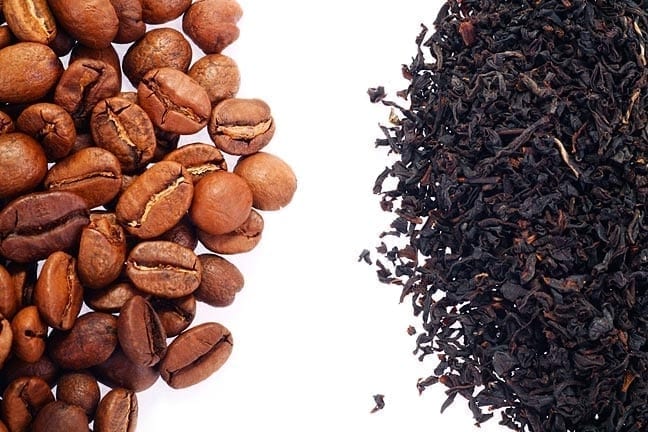If you are currently following a ketogenic diet, also called keto, then you have probably…

Low Prices and Rising Costs Threaten the Guatemala Coffee Sector
While Guatemala continues to deliver some of the world’s most exquisite coffees from producers pioneering innovations in processing and variety selection, the country’s coffee sector as is still rebounding from the disastrous leaf rust (la roya) epidemic that hit hardest in 2012.
Increasing costs of production combined with consistently low prices in the international commodities market have been adding to these problems. For thousands of the country’s coffee farmers — particularly smallholders, who represent the vast majority of producers — costs continue to outpace earnings, forcing farmers to abandon coffee production altogether.
The latest annual report from the USDA’s Global Agriculture Information Network (GAIN) outlines these and other troubling market realities, while also suggesting recent marketing and organizational efforts from organizations such as producer association ANACAFE and continued success in the very high end of the premium quality market offer potential for positive growth.
The leaf rust epidemic wiped out approximately 20 percent of the country’s planted coffee area beginning in 2011/2012, and GAIN estimates that after five years of subsequent decreases in planted area, newly planted areas with more disease-resistant varieties and cultivars will lead to a 9 percent increase in planted area country-wide in the 2019 market year.
Despite this, the report notes, “Farmers are struggling to remain in the market due to low prices.”
The farmers struggling most appear to be the smallholders, who represent 97 percent of the country’s coffee farmer population. The GAIN report shows huge discrepancies in production cost percentages between those smallholder farmers and large plantation producers, with smallholders often lacking infrastructure or resources to negotiate for lower-cost inputs. Percentage-wise, smallholders also are paying approximately twice as much for labor as large producers, while high minimum wage requirements relative to other large Central American coffee producing countries continue to drive up production costs throughout the sector.
Despite the challenges in the commodities market, Guatemala remains well-positioned in the higher-end specialty market, although that represents just a small sliver of the country’s coffee market overall.
Initiatives such as ANACAFE’s Guatemalan Coffees marketing campaign — which includes distinctions for eight different Guatemalan growing regions supplemented by an annual quality competition and awards program — as well as success at the very high end of international quality competitions such as Cup of Excellence have responded to and highlighted continued demand for Guatemalan specialty coffees.
Nick Brown
Nick Brown is the editor of Daily Coffee News by Roast Magazine. Feedback and story ideas are welcome at [email protected].








